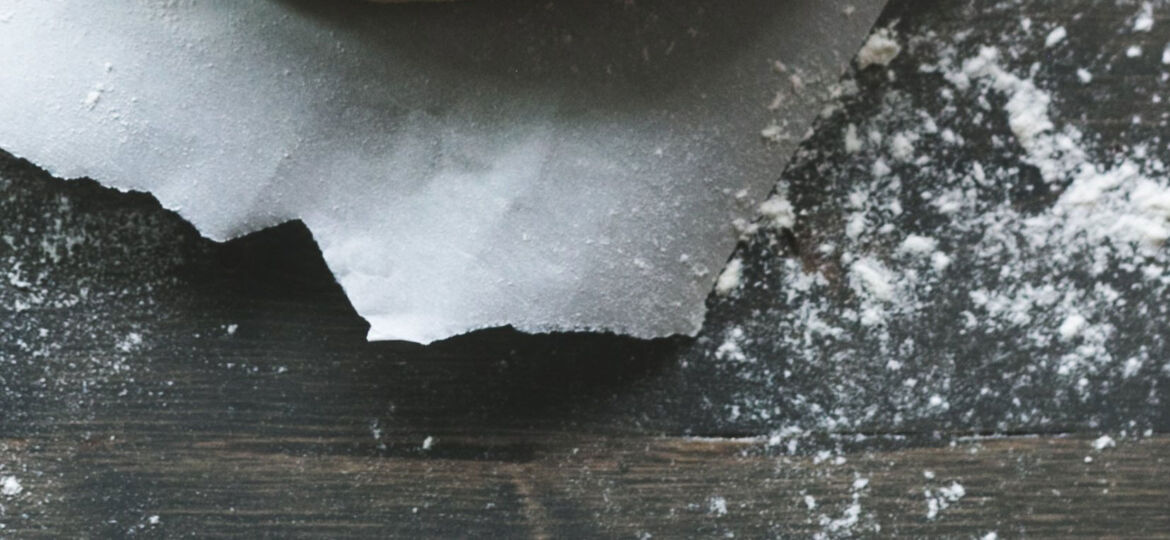
As more and more people adopt a gluten-free¹ or low-gluten lifestyle, chefs are increasingly offering gluten free menu items to satisfy the demand. Whether you’re a professional chef or restaurant owner, it’s important to understand the basics of gluten-free cooking and the ingredients that can be used to create delicious, gluten-free menus and dishes.
Gluten is a protein found in wheat, barley, and rye. It’s what gives bread its elasticity and pasta its bite. For people with coeliac disease or gluten sensitivity, consuming gluten can cause a range of symptoms, including digestive issues, fatigue, and joint pain. That’s why it’s essential for chefs to have a thorough understanding of gluten-free ingredients and cooking techniques.
Gluten Free Flour alternatives
Here are some gluten-free flour and starch alternatives that can be used in place of traditional wheat flour:
-
Almond flour
Made from ground almonds, almond flour is a popular gluten-free flour alternative that adds a nutty flavour and texture to baked goods.
-
Coconut flour
Coconut flour is made from dried, ground coconut meat. It’s high in fiber and protein and can be used in both sweet and savory dishes.
-
Rice flour
Made from ground rice, rice flour is a versatile gluten-free flour that can be used in a variety of dishes, including bread, pasta, and desserts.
-
Cornstarch
Cornstarch is a popular thickener for sauces and gravies. It’s also commonly used in gluten-free baking as a replacement for wheat flour.
-
Potato starch
Potato starch is another popular thickener and is often used in gluten-free baking to add moisture and structure to baked goods.
-
Tapioca starch
Tapioca starch is made from the root of the cassava plant and is commonly used as a thickener in gluten-free recipes.
-
Quinoa flour
Quinoa flour is made from ground quinoa seeds and is high in protein and fiber. It’s a popular gluten-free flour alternative that adds a nutty flavor to baked goods.
-
Buckwheat flour
Despite its name, buckwheat is not a type of wheat and is naturally gluten-free. Buckwheat flour can be used in a variety of dishes, including pancakes, muffins, and bread.
-
Chickpea flour
Chickpea flour, also known as garbanzo bean flour, is made from ground chickpeas and is commonly used in Middle Eastern and Indian cuisine.
-
Oat flour
Oats themselves are gluten-free, but they are often contaminated with gluten during processing. Certified gluten-free oat flour can be used in a variety of recipes, including cookies, cakes, and bread.
Popular Gluten Free Products
When using gluten-free ingredients in recipes, it’s important to keep in mind that they behave differently than traditional wheat flour. Gluten-free flours are often denser and absorb more liquid than wheat flour, so recipes may need to be adjusted accordingly. In addition, gluten-free baked goods can be more fragile than their wheat-based counterparts, so it’s important to handle them with care. Here is a list of some of our popular gluten-free products:
- Gluten Free Pizza Bases
- Gluten free pasta
- Gluten Free Self Raising Flour
- Gluten Free Soy Sauce
- Gluten Free Wafer Crackers
- Gluten Free Chicken stock
- Gluten free breadcrumbs
Conclusion
Please note that even though these items are considered gluten-free, cross-contamination is always possible. It is essential to communicate with the team and ensure they prepare food in a separate area to avoid cross-contamination with gluten.
In conclusion, as more people adopt a gluten-free lifestyle, it’s important for chefs to understand the basics of gluten-free cooking and the ingredients that can be used to create delicious, gluten-free meals. By using these gluten-free ingredients, chefs can create a variety of menu items that are safe and enjoyable for everyone to eat.
Please contact us if you’ve got any gluten free product enquires.

